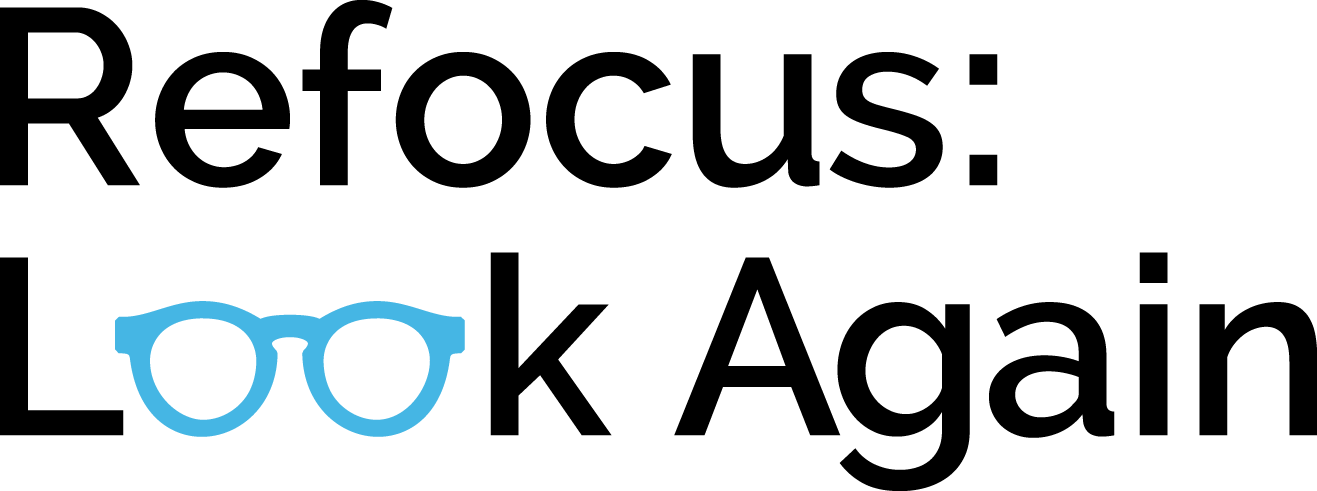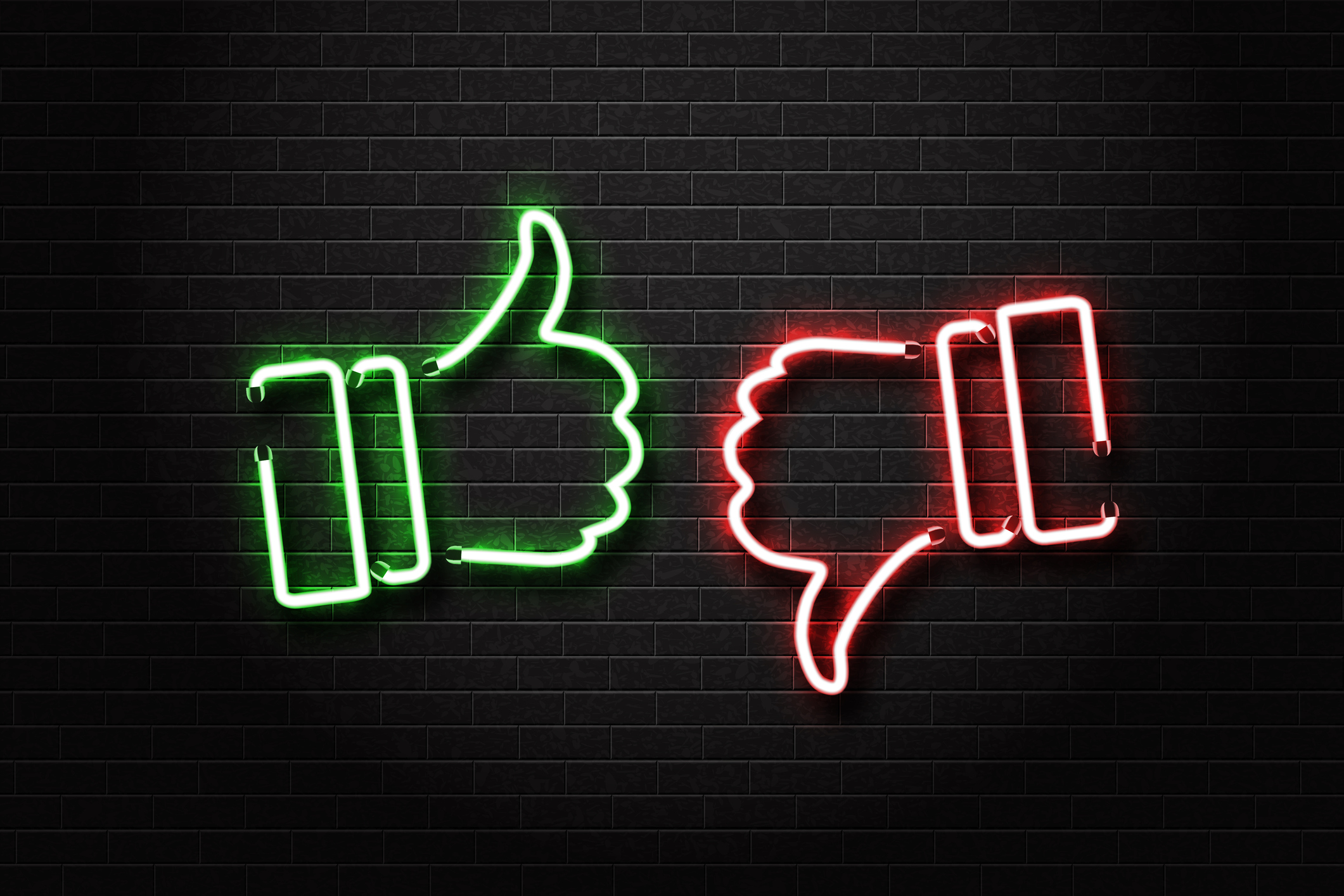By Casey Saylor, Member of the Anti-Stigma Project | January 2018
“Did you see Zach’s wedding pictures?”
“Awesome, my favorite charity posted an update!”
“I need a cat video.”
Sound familiar? Odds are that it does, since 81% of Americans reported having a social media profile in 2017. And while there are 1.96 billion users worldwide , social media is largely considered to be a personal experience. Profiles and newsfeeds are customized to reflect exactly what we’re interested in, with options like “See First,” “Like,” and “Unfollow” allowing users to prioritize seeing their favorite people and things above everything else. We’ve successfully created our own corners of the world, and we often spend hours there, scrolling through the things that are most important to us.
In a way, websites like Facebook, Twitter and Instagram mean for us to feel this way. Although we may have over 100 friends (perhaps closer to 1,000 for some of us… you know who you are), we can toggle the settings to only see updates from the 20 we’re closest to. While this can lead to a positive viewing experience, it can also lead to a false sense of intimacy because in reality, my posts aren’t just being viewed by those 20 people I’m closest to. Instead, my entire network can see them.
So what does any of this have to do with stigma? The beauty - and a downside - of social media is the open interpretation of content. The context of your post doesn’t matter if someone else doesn’t understand it, and whether or not they understand it has nothing to do with you! For instance, some of your closest friends may offer support for that moment of frustration you posted earlier about how difficult it is to deal with your grandmother’s dementia. They know she’s a wonderful lady and that you’re simply overwhelmed! But to someone else in your Friends List, your well-intentioned post may be perceived as disrespecting people who have the condition. And what if someone in your friends list is experiencing early-onset dementia? They could easily internalize the negativity that they perceive from your post, stigmatizing themselves as a burden on others.
Research indicates that posts like these aren’t isolated incidences either: a study examining comments and sentiments around dementia “found that 51 percent of tweets by private users of Twitter accounts contained stigma when making reference to this condition and the people who deal with it.” The study recognizes social distance (i.e. we’d have never made that comment in face-to-face conversation), unintended audiences (your Friends List and beyond) and mistranslation (jokes or sarcasm don’t translate well into printed word) as contributing factors. “This type of stigma can make it less likely that people will admit they have problems or seek treatment,” says Nels Oscar, lead author on the Oregon State University study. “Our attitudes [and] the things we say affect others. And social media is now amplifying our ability to reach others with thoughtless or hurtful comments.”
These ideas go way beyond dementia though, and can be easily applied toward any mental health or addiction issue. For example, posting photos and videos of parents overdosing in front of their children became a popular way of “raising awareness” around the opioid crisis in early 2017. Dr. Samuel Ball, president and CEO of the National Center on Addiction and Substance Abuse suggests that while the community leaders who post these images hope they will prevent opioid use and encourage others to seek treatment, “Decades of research and expert opinion conclude that scare tactics do not work. Worse,” say Dr. Ball, “these videos may lead to even greater suffering by shaming and humiliating the victims or re-traumatizing those who have lost loved ones to addiction. These videos do nothing positive to promote lasting change or improve the health of people suffering with addiction or the wellbeing of their families.” Instead, they perpetuate stigma and stereotypes, both internally and externally.
It’s also important to keep this “what I meant” vs. “what it does” idea in mind as we share about our personal mental health and addictions experiences as peers on social media. What context of our posts could be getting lost in translation? We can unknowingly be perpetuating stigma by oversharing (too much detail) or under-sharing (not enough context) about our experiences, leading to the perpetuation of external and internal stigma.
That’s not to say that social media can’t be an effective tool for combating stigma as well! As peers, we can empower ourselves and others by telling our stories of recovery online and sharing positive coping skills. Not only can responsible sharing inspire peer-to-peer connectedness and community wellbeing as people with similar experiences relate to our stories and use them as sources of hope, but it can also combat internal stigma by increasing our self-esteem. Social media outlets like Facebook, Twitter and YouTube are becoming increasingly popular for these purposes (especially among adolescents), allowing peers to share their experiences or seek advice from others with similar circumstances.
Social media can also be a very powerful channel for education and outreach. Not only can users informally educate each other about their experiences, but they can also participate in formal education and awareness campaigns, also known as social marketing campaigns. These campaigns take advantage of social media’s powerful influence and wide audience in their fight against stigma, using them to educate the general public. When directed toward de-stigmatizing behavioral health issues, these campaigns tend to highlight personal and family experiences, recovery stories, resources, and services.
To illustrate this idea, consider the “Time to Change” campaign: a five-year anti-stigma program that used mass media (e.g. TV and radio), social media and social contact events (let’s meet for coffee!) to reduce mental health stigma throughout England. A follow-up study not only proved the program’s social media efforts on Facebook and Twitter effective in increasing awareness, but also in decreasing stigma, leading to changes in people’s behavior toward mental health and addiction.
In the battle against stigma in mental health and addiction, social media provides us with a unique tool for change. As we scroll, “Like,” and “Share” however, it’s important to keep in mind the double-edged nature that reaches way beyond our news feed, where the things we say (or don’t say) have the potential to either perpetuate or combat stigma. We live in a world where our personal use of social media has the potential to impact hundreds of people - for better or for worse. So now I ask you - how will you use social media today?
Sources:
Oregon State University. (2017). Social media tools can reinforce stigma and stereotypes. News and Research Communications. Retrieved from http://oregonstate.edu/ua/ ncs/archives/2017/apr/social-media-tools-can-reinforce- stigma-and-stereotypes
Naslund, J.A., Aschbrenner, K.A., Marsch, L.A., & Bartels, S.J. (2016). The future of mental health care: Peer-to-peer support and social media. Epidemiology and Psychiatric Sciences, 25(2), 113-122. doi: 10.1017/s2045796015001067
National Academies of Sciences, Engineering, and Medicine. (2016). Ending discrimination against people with mental and substance use disorders: The evidence for stigma change. In Approaches to reducing stigma (pg. 71). Retrieved from https://www.nap.edu/read/23442/ chapter/6#70
Sampogna, G., Bakolis, I., Evans-Lacko, S., Robinson, E., Thornicroft, G., & Henderson, C. (2017). The impact of social marketing campaigns on reducing mental health stigma: Results from the 2009–2014 Time to Change programme. European Psychiatry, 40, 116-117.
Statista. (2017). Percentage of U.S. population with a social media profile from 2008 to 2017. Retrieved December 20, 2017 from https://www.statista.com/statistics/273476/per centage-of-us-population-with-a-social-network-profile/
Ball, Samuel. (2016). Social media perpetuates stigma surrounding opioid epidemic. The National Center on Addiction and Substance Abuse. Retrieved December 21, 2017 from https://www.centeronaddiction.org/the-buzz- blog/social-media-perpetuates-stigma-surrounding-opioid- epidemic

